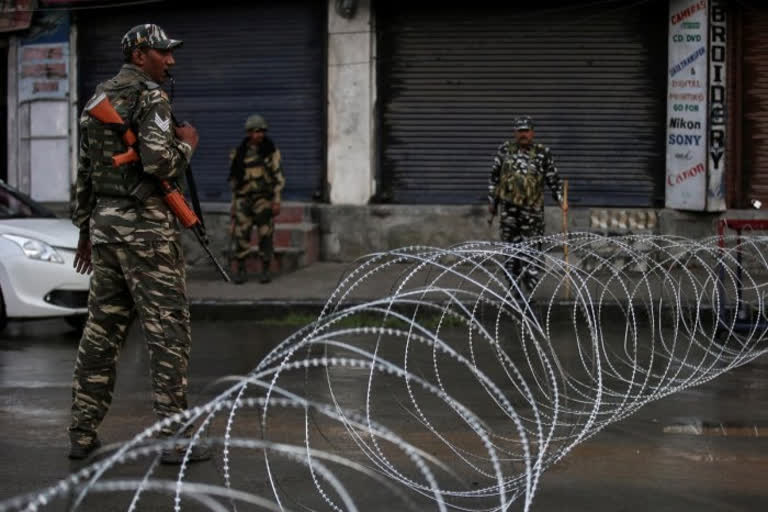New Delhi: On the eve of the holy month of Ramzan, a period of sacrifice and prayer that will begin in a day or two, there are ominous signals in the troubled Kashmir Valley.
Several seemingly unrelated recent developments may be a pointer to the intensity and extent of the Kashmir conflict this summer which is already pregnant with the promise of much bloodshed.
On April 13-14, a team of commandos from the National Directorate of Security (NDS) in Afghanistan stumbled upon a startling discovery. Upon attacking a suspected Taliban camp located in Momand dara in Nangarhar province bordering Pakistan and shooting dead 15 militants, they discovered that only five were Afghans, the other 10 were Jaish-e-Mohammad (JeM) militants from Pakistan and Pakistan-occupied Kashmir (PoK) being trained by the Taliban to fight in Kashmir. The confessions of a nabbed militant spilled the beans.
What deeply concerns the Indian security establishment is the direct involvement of the Taliban in training militants to carry out attacks in Kashmir.
According to media reports, training modules specifically tailored to meet requirements in Kashmir had been worked out. Structures within the Nangarhar training camp had been erected to resemble terrain and spots on the Line of Control (LoC) usually favoured by militants to cross over to India.
With the powerful about-60,000-strong Taliban being a state with a state in Afghanistan, their total and open support to the Kashmir militancy movement is a very serious issue fraught with far-reaching implications for the security situation in India.
There are also reports in the Afghanistan media about the flocking of thousands of non-Afghan militants belonging to the Islamic State (Daesh), Al Qaida and other groups trying to build a base in Dara-e Khustak area in Badakhshan’s Jurm district.
Traditionally a hotbed of insurgent activities, Badakhshan, in northeast Afghanistan is a very restive and sensitive province that shares long borders with Pakistan, Tajikistan, and China, that is not very far off from Pakistan-occupied Kashmir.
With the Taliban in a much stronger position in Afghanistan and given the close rapport between the Pakistani secret agency the ISI, Taliban’s domination in Afghanistan and in the Af-Pak border is akin to an extension of Islamabad’s writ. So Pakistan can afford not to worry much about its western frontier, leaving it free to focus primarily on its eastern frontier with India. That deep ISI focus can only be inimical to India’s interest.
Meanwhile, in the Kashmir Valley, there have been a string of grenade-throwing incidents since October especially targeting the state police and the paramilitary where a newly-formed outfit called The Resistance Front (TRF) has claimed responsibility for these attacks.
Significantly, on April 5, five TRF militants were killed in an encounter with a Special Forces squad, which took a hit of equal number of commandos in the snow-clad high altitude area of the Keran sector near the LoC. The encounter may be an indication of the specialist training the TRF men might be getting.
